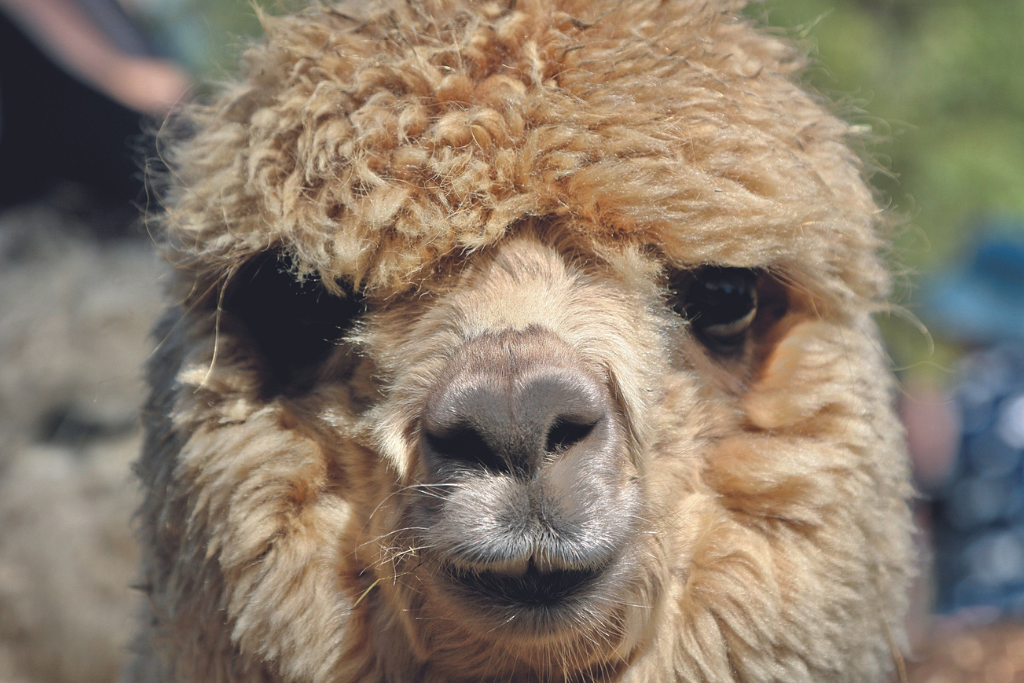
Alpaca Appeal
Australia has embraced the alpaca and for one Hunter Valley couple, the joy of these creatures is in sharing them with others.
As of May 2023 Australia has one of the world’s largest alpaca herds, approximately 400,000 animals, second only to Peru in South America. According to a recent report by Agrifutures Australia, in the past two years there has been an alpaca baby boom fueled by ideal breeding conditions.
For couple Steve Edwards and Marian Hawkins from Gumnut Valley Alpacas their journey started with their tree change to a picturesque 20-acre property in Butterwick, near Morpeth in 2019. Marian felt intimidated by horses, Steve grew up with sheep and felt they were too much hard work. Neither of them liked pigs and they didn’t have the fencing for cows or goats.
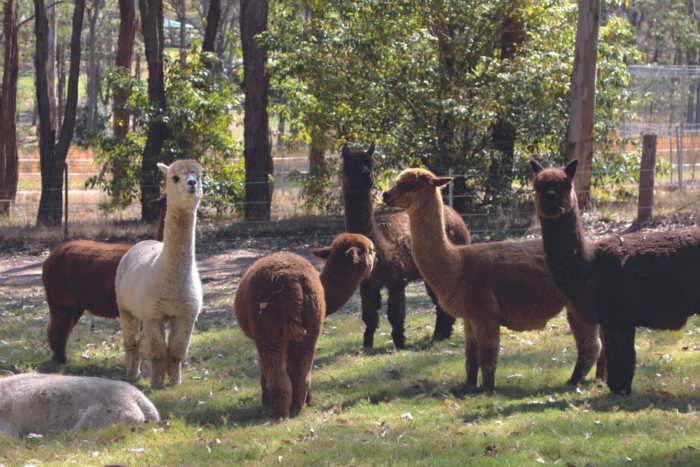
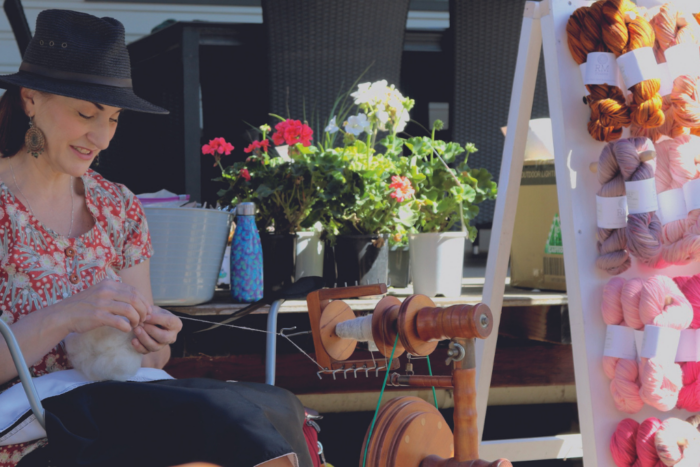
“Neither of us had any experience with alpacas, but with their soft footprint on the land, they seemed to be just the right fit for us,” Steve explained.
“Alpacas are the most beautiful, amazing, inquisitive, curious, and friendly animals,” Marian added.
“They may be livestock to most people, but to us, they’re much more than that. They all have their own personalities with their individual little quirks and we love everything about them.
“We got our first four girls in September 2019 and three of them were pregnant. Within three years, four quickly became 54. However, due to the impact of the current drought, we have had to reduce our herd back to around 40 animals to ensure we have enough feed for them.”
Breeding, selling and showing alpacas is something Marian and Steve have dabbled in, and they quickly became alpaca advocates, taking in neglected rescue animals. It wasn’t long before Gumnut Valley Alpacas evolved into a working farm that is open to the public on weekends by appointment.
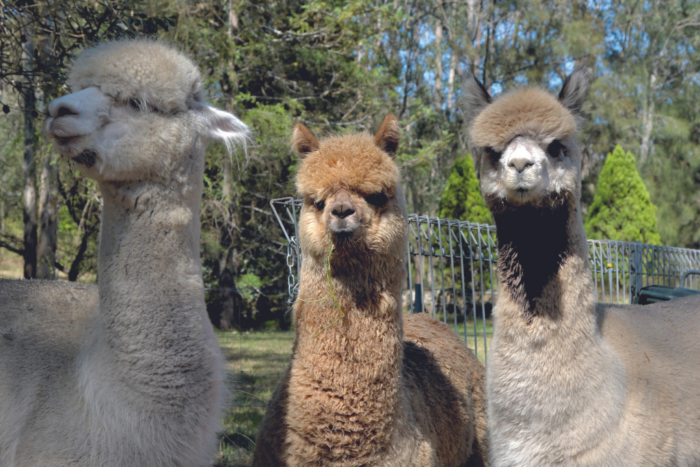
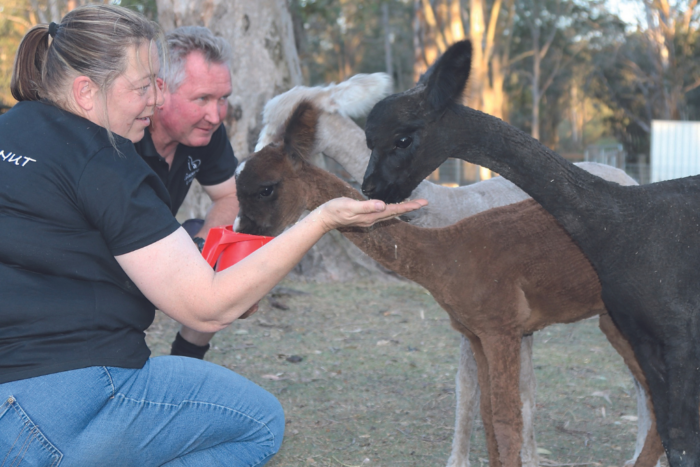
The ABCs of Alpacas
Let’s take a step back here to explore some basics. Alpacas have a lifespan of around 18 to 24 years. Gumnut Valley Alpacas’ oldest resident is Jemma, who celebrated her 20th birthday recently. Marian explained that they rescued her after having been abandoned and left to fend for herself for over four years. She is now living her best life in her twilight years.
Their average gestation period is 11.5 months. “Birthing season is our favourite time of the year,” says Marian. “It is as exciting as it is scary. We are on cria watch until the last cria has arrived and is feeding. We currently have seven females due in November and another ten in Autumn.”
Alpacas and llamas – how do you tell the difference? Alpacas are smaller, friendlier, have soft fleece and are strong herd animals, whereas llamas are much larger with longer noses and banana shaped ears. They are solitary animals with coarse hair and more prone to spit. Alpacas can spit too, but more at each other than at people.
“When checking for pregnancy, we bring a male and female together,” Steve explained. “If the female sits, she is receptive and not pregnant, however if she is pregnant, she will spit at the male repeatedly and frequently we get in the firing line.”
Read the full story in our Summer Edition of Hunter & Coastal Lifestyle Magazine or subscribe here.

